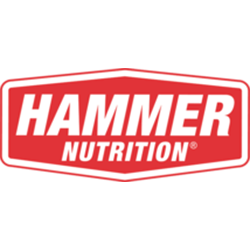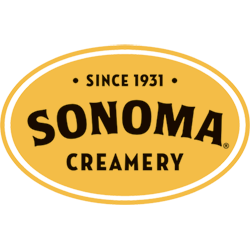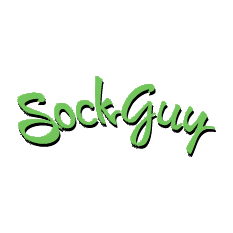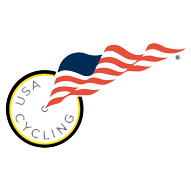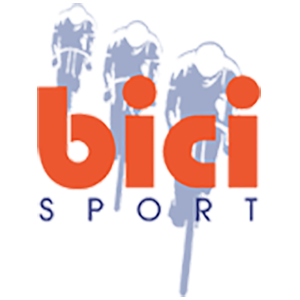The ability to focus allows you to maintain concentration over a period of time and tune-in to what you need to and tune-out the rest. There are many different factors to focus on while you are on your bike. Figuring out what cues to tune-in and which ones to tune-out can be challenging. To be a successful racer you need to be able to control your thoughts and focus on the things that help you perform your best.
Dealing with Distractions
Your ability to control your focus and deal with distractions can make the difference between having a great race and being miserable. There are two types of factors that can break your focus (if you let them!): external factors and internal factors.
External Factors: These are things that are outside of you that can break your focus.
External factors include the weather, crowd noise, other competitors, etc.
Internal Factors: These are things that are inside of you that can break your focus. Internal factors include negative thoughts, emotions, past performances, etc.
There comes a time in every race when a competitor meets the real opponent, and understands that it’s himself.Lance Armstrong
Oftentimes the things that distract you the most are completely out of your control. If you choose to focus on things that are not under your control, you are wasting precious energy that could be better used for the next climb. By focusing on the things that are in your control, like your attitude and your reaction to the situation, you are focusing on the things that will help you to ride your best. Try this exercise:
- Brainstorm a list of things that are likely to distract you during a training ride or race.
- Think about how you would normally react in those situations.
- Now think about how you would like to react in those situations.
If you have trouble figuring out how you would like to react in those situations, think about a cyclist that you admire; how would they react in that situation? How does a cyclist who is confident, professional, and successful deal with adversity?
The 3 W’s for Optimal Focus
There are CRITICAL MOMENTS during your performance; key points and transitions when you need to have optimal focus in order to perform your best. They are not only specific moments during a race, they are also times when you are likely to become distracted and lose focus. Grab a piece of paper and divide it into three columns. The heading of your columns will look like this:
| Critical Moment
WHEN |
Focus
WHERE |
Cue
WHAT |
WHEN
The 1st step in developing awareness for optimal focus is knowing WHEN you need to focus. In the 1st column, list all of the critical moments for your race. Some examples are:
* at the starting line * getting a flat tire * feeling pain or fatigue * when cars are on course
* after a crash * at the feed zone * dropping a water bottle
WHERE
In the 2nd column write out WHERE your focus needs to be. Be specific. What do you need to be thinking and doing in order to succeed in that moment? Planning for WHERE your focus needs to be during these CRITICAL MOMENTS allows you to choose your focus in order to take control of your performance. Tip: Think about what you want to have happen vs. what you don’t want (i.e. instead of “I don’t want to be in the back.” think “I want to be in the front.”).
WHAT
FOCUS CUES are tools that help remind you of WHAT you need to be focusing on and can help you to refocus. There are three types of FOCUS CUES:
Verbal: These cues are powerful words or phrases like “Focus”, “Power”, “I’ve trained hard”, and “I love to sprint!”. Remember to keep verbal cues positive and constructive.
Visual: A visual cue is something that will always be with you, a piece of equipment that you can look at to help you refocus (i.e. your handlebars or shifters). A visual cue can also be an image in your mind that helps you to relax or feel confident in order to regain focus. Think about a scene from your favorite funny movie to help you relax after getting a flat tire. On the starting line, think about your favorite cyclist to and how they would look and what they would be thinking at that moment.
Physical: You can also use physical cues like taking a few deep breaths, or stretching out your fingers and relaxing your “death grip”, in order to take control of your focus.
FOCUS CUES need to be practiced and used consistently in order for them to enhance your performance. You can also pair cues together like taking a deep breath and saying “I’m confident and in control” or looking at your handlebars and saying “Be here now.”, in order to get yourself refocused on the race and the task at hand. FOCUS CUES help you to figure out WHAT you need to do to bring your focus where it needs to be, when it needs to be there.
EXAMPLE of OPTIMAL FOCUS WORKSHEET:
| Critical Moment
WHEN |
Focus
WHERE |
Cue
WHAT |
| 1st few laps before prime bell.
|
Keep to the front of the pack, be aware of riders moving up from behind, no gaps, be willing to ride in the wind. | “How’s the view?” |
| Sprint for the prime. | Timing sprint.
Sprint through the line. |
“Dig deep.” |
| Getting a flat.
|
Changing flat calmly and quickly. Get to pack and start moving up towards front. | Breathe deep. Relax. Let it go and get back on track. |
If you can’t control your thoughts, then YOU have become your own biggest competitor. You take the time to tune your bike; you should also take the time to tune your brain! A lapse in focus can be the difference between just completing the event, and finishing knowing that you gave it everything you’ve got, that you left it all out on the course! Take the time now to plan for your optimal racing focus. Sometimes the difference between you and the cyclist next to you is how you have prepared for the race. Awareness of distractions and planning your optimal focus helps you get the edge and get control over the mental side of racing.


